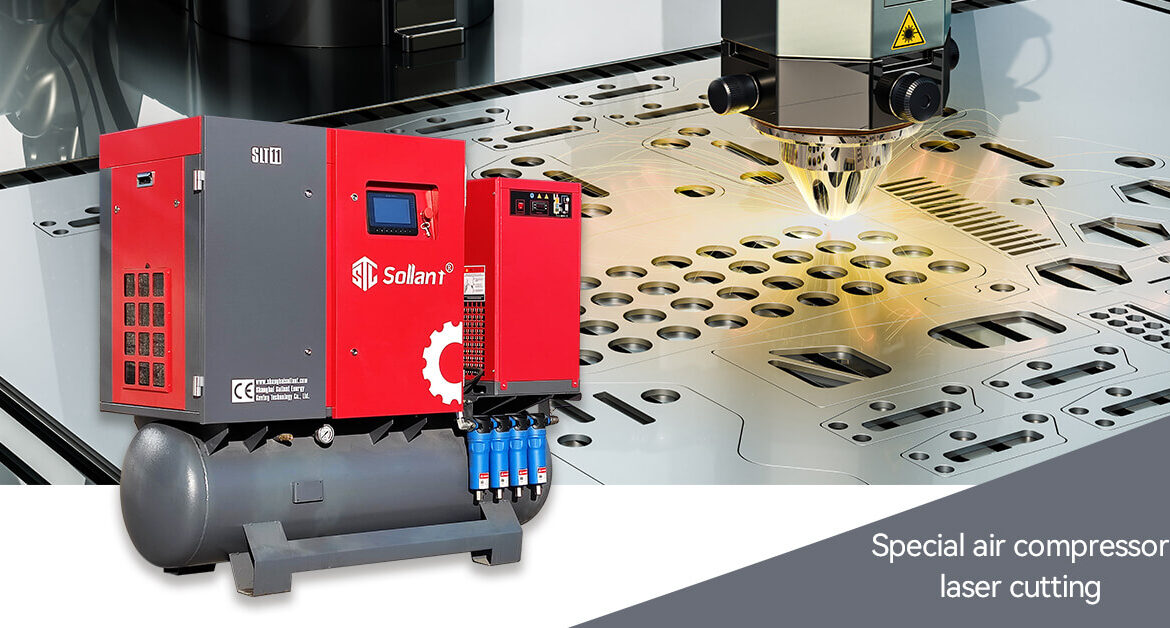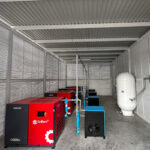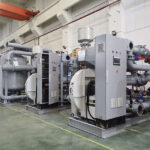Designing an air compressor system to save energy and reduce consumption involves several key steps, including:
1. Conducting an air audit: This involves measuring the actual air demand and identifying areas where compressed air is wasted. By understanding the air demand, you can select an appropriately sized compressor and optimize the system to reduce energy consumption.
2. Choosing the right compressor: Select a compressor that is appropriately sized to match the air demand. Oversized compressors can result in wasted energy and higher operating costs.
3. Using efficient equipment: Choose equipment that is designed for energy efficiency, such as frequency conversion air compressors, efficient motors, and properly sized air receivers.
4. Reducing pressure drop: Minimize pressure drop by using appropriately sized piping, eliminating leaks, and ensuring proper maintenance.
5. Implementing a control strategy: Use a control strategy that is tailored to your air demand, such as a pressure band control or a variable frequency drive. This will allow the compressor to adjust its output to match the actual air demand, resulting in energy savings.
6. Monitoring and maintenance: Regularly monitor the system’s performance and conduct routine maintenance to ensure that the system operates efficiently and effectively.
By following these steps, you can design an air compressor system that is energy-efficient, reduces consumption, and ultimately, saves money on operating costs.
Sollant Focus on Energy Saving



